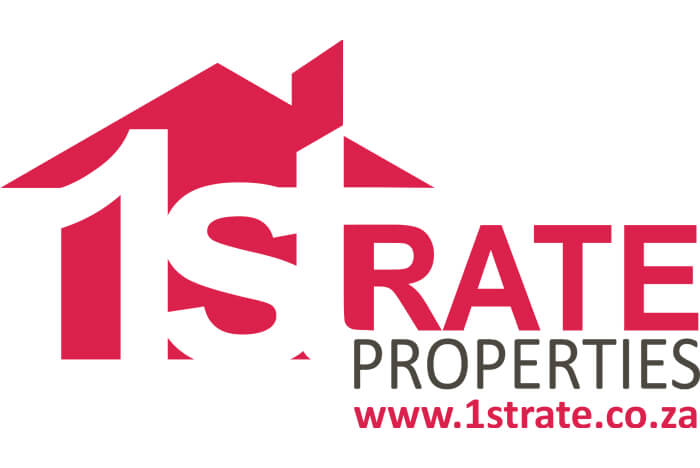Rent remains a priority payment
Despite the fact that December 2015 will forever be remembered by South Africans as “Nenegate” there was no immediate fallout in the residential rental market. In fact tenants in good standing for Q4 2015 improved ever so slightly to 84.97%. Interest rates crept up another notch, by 25 basis points in November, making the cost of financing buy-to-let a little more expensive.Taking a more detailed look at tenant payment behaviour, 68.91% of tenants nationally were in the Paid on Time bracket, while 5.28% made their payments during the Grace Period and 10.78% fell into the Paid Late segment – all contributing to a total of 84.97% of tenants in good standing. In contrast, 9.65% made a Partial Payment and 5.38% Did not Pay. Clearly, rental payments remain a priority for the majority of tenants.
Supply and Demand
In January 2016 TPN performed a survey of landlords and property managers to ascertain the degree of supply and demand for residential rentals in South Africa. This marked the start of what will become a quarterly release. As such, this first release is a snap-shot of the data without any historic references.
Nationally, respondents indicated a strong demand for rentals (73.44%) with 23.93% indicating average demand and only 2.63% indicating weak demand in their primary regional area. This was depicted against the supply of rental stock in the same areas, where 26.83% of respondents indicated having a strong supply of rental stock available. An average supply of stock was reported by 50.21% - while a substantial 26.83% indicated that supply of rental stock was weak.
The data was further analysed by major metropole and this provided useful insights to support the varying escalations in rent - and even the varying payment behaviour in different metropolitan areas.
Cape Town reflected the most noticeably buoyant activity with 91.22% of respondents indicating demand was strong and 48.65% indicating supply as weak. This helps explain the high escalation of 9.96% in that area. Johannesburg, on the other hand also has strong demand (70.99%) for rental accommodation, but the area is also supported by a fairly strong supply of rental stock, as indicated by 41.60% of respondents - probably explaining why rental escalation in Gauteng is only 3.21%. Remarkably, only 8.78% of participants described supply of rental stock as weak.
Rental Payment behaviour by value
TPN categorises tenants into 5 rental brackets, with the majority of tenants (81%) renting for below R7,000 per month.
There are distinct differences in good standing of tenants in various rental brackets: for instance, the lower income (<R3,000 pm) and luxury income (>R25,000 pm) segments remain the most challenging to collect rent from, while the statistical 'sweet spot' is in the affordable income (R3,000 to R7,000 pm) and middle income (R7,000 to R12,000 pm) range of rentals.
Furthermore, it is interesting to note the number of tenants who 'Paid on Time' in middle income rentals (R7,000 – R12,000 pm) are at 75% - vs. 54% for luxury rentals (> R25,000 pm). Also, tenants in the 'Did Not Pay' category for middle income rentals are currently at 4% - vs. 9% for those in low income rentals.
Good standing ranges widely between 77% for the luxury rental segment to 88% for middle income rentals. Tenants in the luxury market have taken the biggest dip in good standing, from 86.31% in mid-2013 (prior to interest rate hikes) down to the current level of 77.47%.
